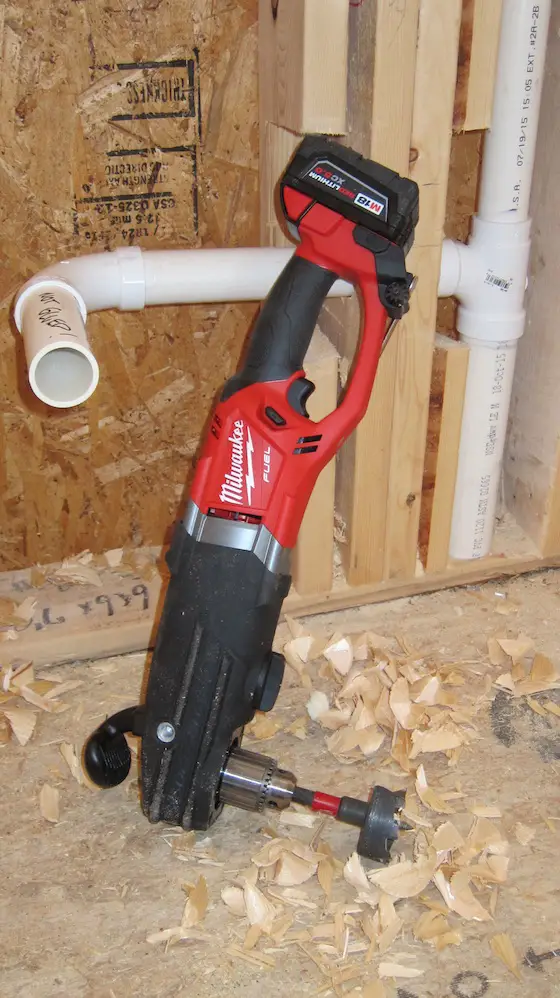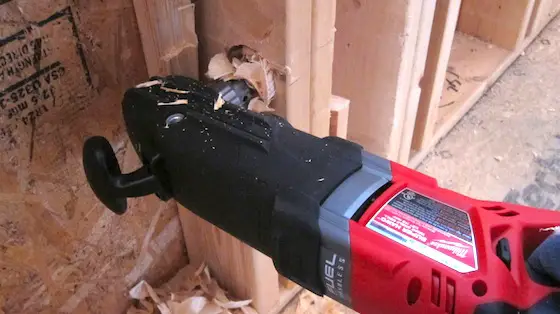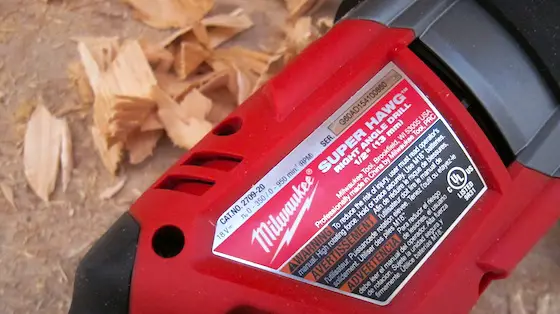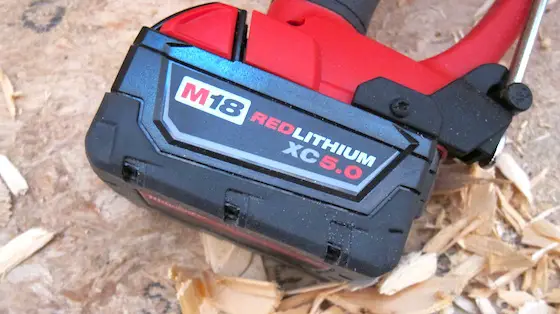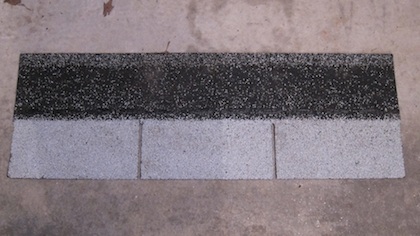As usual, there's so much going on I don't know where to start.
Yesterday I had a very important phone call with an advisor about my upcoming book about defective roof shingles.
Have you taken my Defective Roof Shingles survey? If not, CLICK HERE.
Feel free to forward this email to any friends, relatives, co-workers, enemies, unicorns, etc. that you feel have an asphalt shingle roof that's falling apart or about to.
The call was very good and when the person at the other end heard all the details and facts concerning my research, he simply couldn't believe how I had all my bases covered.
I'm thinking seriously of taking advance orders for the book. If all goes well, I believe it could be ready in both digital and print format in five weeks.
I'll know more in a week.
Here's the BEST NEWS of all about the book.
If you just happened to put on a new, or newer, asphalt shingle roof that's doomed to fail, I reveal in the book a simple thing you can do to extend the life of the shingles by twenty or even thirty years!
I also reveal the asphalt shingles I'd buy if I had to put them on my house. Yes, there is a brand that appears to last like the shingles of old.
Speaking of old shingles, I want to thank you for coming through for me. About ten days ago I put out a request for shingles that were OLD - ones that had never been put on a roof.
You may have been one of my subscribers that came through. One man, Jim in Harrison, OH, had a bundle of shingles that had never been opened from 1970.
That's not a typo. He picked them up himself from the Philip Carey loading dock in Lockland, OH in 1970.
Why do I need to have some old shingles? You'll discover why in the book. And when you do, you'll be seething mad.
Super ATB Game
on S * * * * Sunday
The NFL owns the trademark on the phrase Super Bowl™ and I believe Super Sunday™. I own two trademarks and respect all that.
Anyway, this coming Sunday is the big game. But it happens at night and I'm going to have something for you to do on Sunday morning EARLY.
It's going to be a fun game, and you're going to discover a new product that I believe is going to get you to say WOW! out loud as you sit in front of your computer.
So be SURE you open a special newsletter edition this coming Sunday morning. I'll have it waiting for you as soon as you get up, unless you're like my mother-in-law Mary Jane who used to get up at 4:15 am each day.
Watch for this on Sunday. I can't wait to hear what you have to say about this new product.

Milwaukee Super Hawg Tool Review
WOWZA!

CLICK HERE to read my review of this unbelievable tool.
Bathroom Remodel Update
It's official. I'm about to undertake a massive complete bathroom remodel here at my own home.
I hear you.
"What's in it for ME, Tim?"
How about you being able to see the entire process in well over 100 videos that will probably be spliced into 30 or so in a massive playlist. Would that get your attention?
The videos will be FREE.
I'm going to be using all Kohler and Sterling products in this job. You're going to see some spectacular fixtures to be sure.
Each and every step will be taped and I'm going to try to explain WHY I'm doing whatever you're seeing.
The video series will start with a before video showing the crazy planning mistake made when this house was built.
It's important for you to know that I did NOT build this house I'm living in.
I also plan to do some sort of LIVE Google Hangout with you being able to chat in questions - or if you can't do that, I can have you email me some of your burning questions and I'll answer them live in the video stream.
I believe I'll be starting on this project in the next two weeks.
Beth and Whitewash
Overnight Beth from Cincinnati emailed me asking if I might be able to stop by her house and talk to her about the magical whitewash finish I did on a past job of mine.
She was unaware I had moved to the great Northeast Kingdom of New Hampshire. Getting me to and from New Hampshire is possible, but she chose not to do that.
She wants to transform her red-brick home with a time-tested material that is simply gorgeous. This is the same magical material Tom Sawyer used to coat that 9-foot tall nearly 100-foot long fence.

Years ago, I was fortunate to have a job where we could take whitewash - it's a special mixture of hydrated lime and other secret ingredients - and put a coating on brick that makes the house look like an English cottage or some manor home.
CLICK HERE to read about the process and to see a smaller photo of part of the giant room addition I whitewashed. This coating can last for DECADES and needs no attention.
Most painters have no clue about whitewash or how to do it.
Beth is probably going to use my private phone concierge service as soon as the snow melts at her home. That way I can coach her over the phone to ensure her house comes out exactly as she desires.
Okay, that's enough for today.
I'll be back to you on Friday. Remember, a BIG FUN game is happening early Sunday morning. Be sure to check your email on Sunday after you get up.
Tim Carter
Founder - www.AsktheBuilder.com
Do It Right, Not Over!




